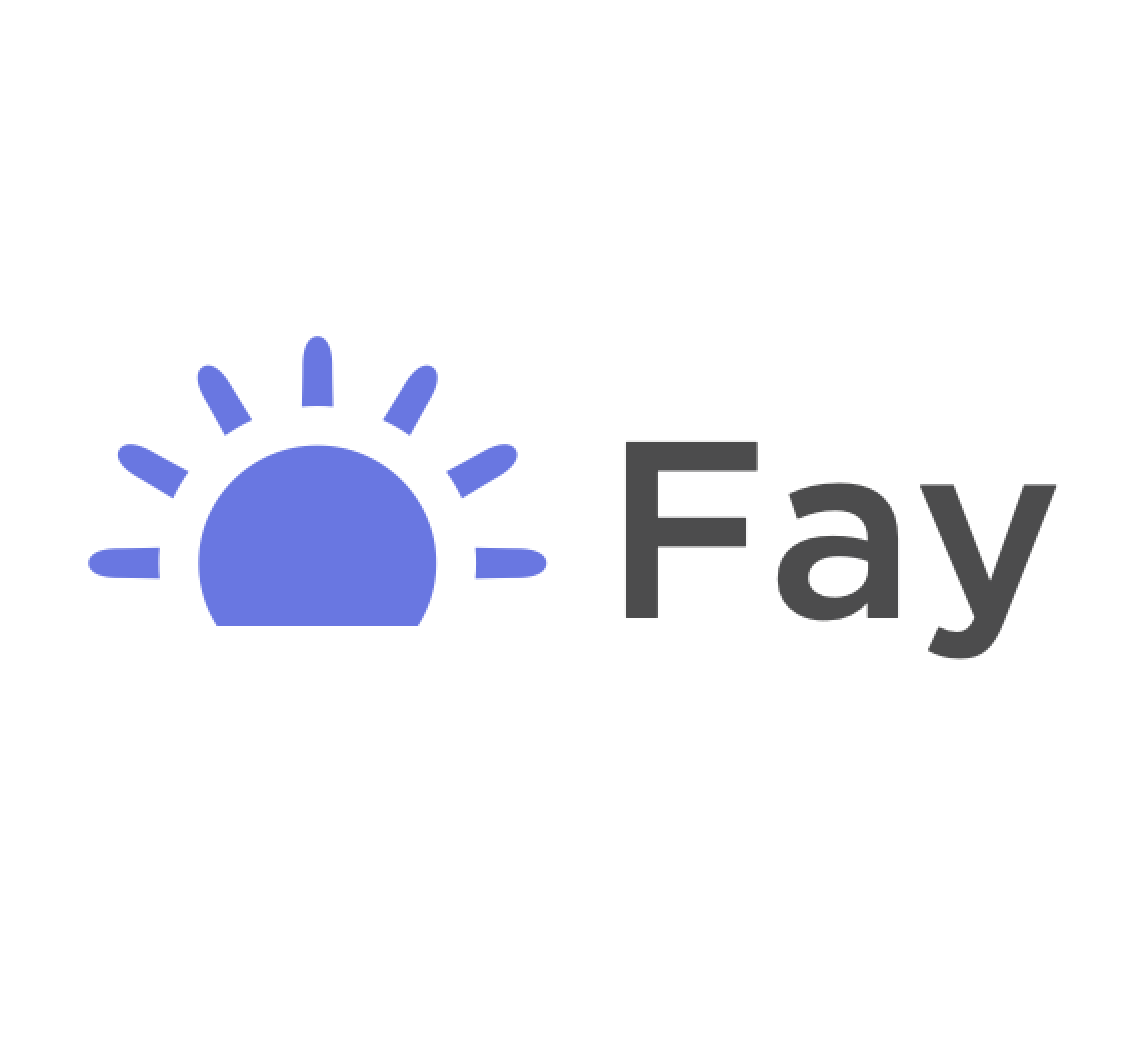Private Practice Dietitian: The Complete Guide to Building, Growing, and Thriving as an Independent RD
If you’ve ever dreamed of setting your own schedule, working with your ideal clients, and building a brand you’re proud of, a private practice dietitian career path might be exactly what you’re looking for. Private practice isn’t just “seeing clients on the side.” Done well, it’s a durable business—with predictable revenue, polished systems, and the freedom to practice evidence-based nutrition the way you believe it should be delivered.
This guide breaks down everything you need to know to start or scale a nutrition private practice: business models, pricing, insurance vs. cash-pay, niche selection, referrals, telehealth, marketing, operations, and more. Whether you’re a newly credentialed RD or a seasoned clinician ready to go solo, you’ll find practical steps you can put to work today.
What Is a Private Practice Dietitian?
A private practice dietitian (or dietitian in private practice) is a licensed nutrition professional who provides counseling and related services directly to clients as an independent business owner. Services often include:
- 1:1 medical nutrition therapy (MNT) and health coaching
- Programs and packages (e.g., 12-week PCOS protocol, GI reset, diabetes management)
- Group visits, workshops, and webinars
- Corporate wellness, meal planning, and asynchronous support (messaging check-ins, food log reviews)
The common thread: you control your operations, pricing, scheduling, and brand—rather than working under a hospital, clinic, or employer.
Benefits of a Private Dietitian Practice
- Flexibility & autonomy: Set your hours, choose your caseload, define your scope.
- Income potential: Move beyond hourly wage caps through packages, programs, and leveraged services.
- Clinical alignment: Work in your specialty with protocols you trust—without fighting for buy-in.
- Client experience: Craft a concierge-style journey (onboarding, follow-ups, support) that actually drives outcomes.
- Diversified revenue: Add digital products, groups, retainers, and corporate contracts to stabilize cash flow.
Step 1: Choose a Profitable Niche (and Validate It)
“General nutrition” is the fastest way to drown in a sea of look-alikes. Niching makes your marketing sharper and your referrals cleaner. Common niches for a private practice dietitian include:
- GI & IBS/SIBO
- Women’s health & fertility/PCOS
- Diabetes & cardiometabolic
- Pediatrics (ARFID, picky eating, allergies)
- Sports & performance
- Oncology & survivorship
- Eating disorders (with a multidisciplinary team)
- Prenatal, postpartum, and lactation support
How to validate a niche quickly:
- List 3–5 client problems you’re great at solving.
- Confirm search demand (are people Googling it in your city/state?).
- Check local competition and identify gaps (e.g., Spanish-speaking RD, virtual evening hours).
- Talk to 5–10 ideal clients; review their language, fears, and goals.
- Pilot a paid package with 3–5 clients; refine based on results and feedback.
Step 2: Select a Business Model (Cash-Pay, Insurance, or Hybrid)
A private practice dietitian can succeed with any of the models below—what matters is intentional design.
Cash-Pay
- Pros: Faster launch, simple bookkeeping, fewer authorization hurdles, immediate payment.
- Cons: Lower initial demand in some markets; requires strong perceived value and marketing.
Typical pricing:
- 60-minute initial: $120–$250+
- 30–45-minute follow-up: $80–$200
- Packages (e.g., 8–12 weeks): $600–$2,000+ depending on intensity and add-ons.
Insurance-Based (In-Network)
- Pros: Larger funnel (patients search “dietitian in-network”), physician referrals increase, lower client out-of-pocket.
- Cons: Credentialing and contracting time, claim workflows, varying coverage policies.
Keys to success:
- Clear eligibility checks before scheduling.
- Scripted benefits calls and financial consent.
- Clean documentation and timely claim submission.
- Revenue cycle metrics (days in A/R, clean claim rate, denial rate).
Hybrid
- Pros: Best of both worlds; in-network for high-demand plans and cash for specialty offers.
- Cons: More complex operations and messaging.
- Tip: Use packages for non-covered services while keeping MNT sessions billable when appropriate.
Step 3: Create Offers Clients Actually Want
Move beyond single sessions. Design offers that map to outcomes, not minutes.
High-conversion offer examples:
- PCOS Reset (12 weeks): Initial assessment + 6 follow-ups + messaging + lab review + recipes/shopping lists.
- IBS Toolkit (10 weeks): Monash-aligned low-FODMAP phases + symptom tracking + RD messaging + GI physician coordination.
- Metabolic Health Program (12 weeks): Continuous glucose monitor (when appropriate), RD coaching, behavior change curriculum, strength training guidance.
Pro tip: Anchor value to results (symptom relief, lab improvements, energy, performance) and support (access between visits), not just visit length.
Step 4: Price with Confidence
Pricing anxiety is real—especially early on. Use this framework:
- Know your cost floor: Software, rent, taxes, admin, and your target salary.
- Price for value: Specialized clinical expertise and comprehensive support command premium rates.
- Tier your offers:
- Starter (lower touch, group or short program)
- Core (standard 8–12 week package)
- Premium (concierge with frequent check-ins, care coordination)
Display examples (adapt to your market):
- Initial consult: $180
- Follow-up (45 min): $140
- 12-week program: $1,200–$2,400
- Corporate workshop: $500–$2,000
When in-network, set transparent expectations: “We’ll verify benefits and estimate costs before your first visit. If a service isn’t covered, we’ll offer an affordable self-pay rate.”
Step 5: Set Up the Systems That Make You Look World-Class
Scheduling & intake
- Online booking with buffer times
- Smart intake forms (medical history, goals, food preferences)
- Automated confirmations, reminders, and pre-visit prep
Telehealth
- HIPAA-aligned video platform
- Backup phone flow if tech fails
- Ring light + microphone = professional presence
Charting & documentation
- Templates for initial, follow-up, care plans, and physician letters
- Standardized goals and education handouts
Payments & billing
- Card on file for cash-pay
- For insurance: benefits verification, claim submission, rejection/denial workflows, statements
Data & outcomes
- Track symptoms, weight-neutral metrics (as applicable), labs, adherence, and client-reported outcomes
- Use progress dashboards to motivate clients and support referral relationships
Client communication
- Clear boundaries for messaging (response times, what’s included)
- Office hours and turnaround SLAs
- Canned responses for common questions
Step 6: Build a Referral Engine (Not Just a Website)
A private practice dietitian grows quickest with repeatable referral channels. Aim for 3–5 reliable sources:
- Physician partnerships: Primary care, GI, endocrinology, OB/GYN. Create a one-page “How We Help Your Patients” handout with referral instructions, turnaround times, and outcomes. Send progress notes (with consent) to close the loop.
- Therapists & coaches: Especially for eating disorders, sports psychology, chronic pain, postpartum care.
- Gyms, PT clinics, and run clubs: Co-host events, offer free screenings, provide an easy referral form.
- Local employers: Lunch-and-learns, metabolic health challenges, virtual consult credits.
- Search & content: SEO-optimized pages for “[niche] dietitian in [city],” plus blogs answering real questions your clients Google.
Referral scripts to make it easy for partners:
“Refer to [Practice Name] via fax [fax] or secure email [email]. Typical first appointment within 7 days, initial report back in 72 hours.”
Step 7: Master Local SEO (So Clients Actually Find You)
If someone types “private practice dietitian near me,” you want to be the obvious choice.
Foundations
- Google Business Profile (GBP): Complete every field; add services (“PCOS dietitian,” “IBS dietitian,” “Sports nutritionist”). Post updates weekly.
- NAP consistency: Name, address (or service area), phone—identical everywhere.
- Service pages: Create separate pages for each niche (e.g., “IBS Dietitian in [City]”). Target primary and secondary keywords naturally.
- On-page SEO basics:
- One clear H1 per page.
- Use phrases like “private practice dietitian,” “dietitian private practice,” and “[niche] dietitian in [city]” in headings and body copy without stuffing.
- Internal links: service pages → booking, about, FAQs.
Content that ranks:
- “Low-FODMAP Diet: What to Eat the First 2 Weeks”
- “PCOS and Insulin Resistance: RD-Approved Meal Framework”
- “Dietitian vs. Nutritionist: Who Should You See for [Problem]?”
- “Does Insurance Cover a Dietitian for [Condition] in [State]?”
Trust signals (E-E-A-T):
- Prominent credentials and licensure
- Named author (you), with a concise bio and headshot
- Citations to guidelines and position statements
- Client testimonials (with permission) and case snapshots (de-identified)
Step 8: Turn Discovery Calls into Loyal Clients
You don’t need to be “salesy.” You do need structure.
Simple call flow (10–15 minutes):
- Open: “Tell me what prompted you to reach out.”
- Clarify: Reflect back their goal in their words.
- Explain your process: Assess → plan → guidance → results; include support between visits.
- Align the offer: Recommend the best-fit package or insurance-covered plan.
- Close: “Would you like to schedule your first session for next week? I can get you booked now.”
Objection handling (without pressure):
- “I need to check my schedule.” → “Totally fine—let’s pencil a time in, and you can reschedule if needed.”
- “Not sure it’s covered.” → “We can verify benefits today; if it isn’t covered, I’ll share our self-pay options.”
- “Price feels high.” → “I hear you. Clients choose this program because it’s structured to achieve [result]. We also have a lighter-touch option if you prefer.”
Step 9: Offer Remarkable Client Experiences
Clients stay (and refer) when they feel supported.
Build your “signature” client journey:
- Onboarding: Welcome email, intake checklist, how to prepare for the first visit.
- First 30 days: Quick wins: symptom relief strategies, a simple meal framework, and one habit to master.
- Between visits: Asynchronous check-ins (defined cadence), guided worksheets, optional community group.
- Accountability: Track 2–3 key metrics tied to their goals (e.g., bowel pattern, energy, training performance).
- Celebrations: Reflect milestones at weeks 4, 8, and 12; plan a maintenance phase or alumni check-ins.
Step 10: Protect Your Time With Clear Policies
- Cancellations & no-shows: 24–48 hour policy with fees disclosed in writing.
- Messaging boundaries: Response windows (e.g., 24–48 business hours) and what’s appropriate for messaging vs. visit.
- Payment terms: Card on file; co-pays and co-insurance collected at booking or same day.
- Data privacy: Use HIPAA-aligned tools where applicable; share a clear privacy notice and consent forms.
(This is general guidance, not legal advice. Consult your state board, payer policies, and counsel for requirements.)
Cash-Pay vs. Insurance: How to Decide
Ask yourself:
- Who is your ideal client, and how do they prefer to pay?
- What does coverage look like in your state for your niche? Preventive care may be covered at $0 for some diagnoses; others require deductibles or referrals.
- Do you have capacity to manage credentialing and claims? If not, consider a billing service or a hybrid model.
A practical approach for many new private practice dietitians is to launch cash-pay for speed, then add 1–2 high-volume payers once operations are stable.
Marketing That Feels Natural (and Works)
Weekly minimums (2–3 hours total):
- Publish one helpful post (blog, video, or carousel) answering a real client question.
- Share 2–3 social posts that repurpose that content; point to a simple lead magnet.
- Outreach to one potential referral partner; send one “progress story” update (with client consent).
- Ask for one review from a happy client; paste it on your site and Google profile.
Lead magnets that convert:
- 7-day breakfast builder for PCOS
- IBS “red flag” checklist + FODMAP phase guide
- 3 training-day fueling plans for runners
Email matters:
A simple weekly email with tips, a short story, and a link to book keeps your pipeline warm.
Essential Tools for a Private Practice Dietitian
- Practice platform: Scheduling, charting, telehealth, billing, secure messaging
- Payment processor: Card on file and installment billing
- Forms & e-sign: Intake, consent, financial agreements
- Website & SEO stack: Fast site, clear service pages, blog, analytics
- Email marketing: Automated welcome sequences; monthly newsletter
- Reputation: Review collection and testimonial management
- Analytics: Track calls booked, shows, conversion rate, average revenue per client (ARPC), churn, and referral sources
Metrics That Predict Growth
- Website conversion rate: Target 2–5% from visit → inquiry
- Inquiry to consult booking: 40–70% when you respond within 1 business day
- Consult to package start: 40–80% when the offer matches the problem
- ARPC: $600–$2,000+ depending on your model and niche
- Retention: >70% complete their initial program; 20–40% step into maintenance
What gets measured gets improved. Review monthly and decide on one bottleneck to fix.
Common Mistakes to Avoid
- Staying “generalist.” Clear positioning beats “I help everyone.”
- Selling sessions, not outcomes. Packages anchored to results convert better.
- DIYing everything forever. Outsource design, billing, or bookkeeping as you grow.
- Inconsistent follow-up. Most prospects need 5–7 touchpoints before they’re ready.
- Ignoring your Google profile. It’s often your #1 local lead source.
Sample FAQs for Your Practice Website (Great for SEO)
What does a private practice dietitian do?
An RD in private practice offers personalized nutrition counseling—assessment, care plans, coaching, and accountability—to help you reach specific health goals, either in-person or via telehealth.
Do dietitians take insurance?
Some do. Coverage varies by plan and diagnosis. We verify your benefits and provide a cost estimate before your first session; we also offer transparent self-pay rates.
How many sessions will I need?
Most clients see meaningful progress within 8–12 weeks with a structured program and between-visit support.
What’s the difference between a dietitian and a nutritionist?
Registered Dietitians (RD/RDN) complete accredited education, supervised practice, and national board exams, and meet ongoing licensure requirements. Some states also license nutritionists; always check credentials.
Can I work with you virtually?
Yes. Telehealth is available for many clients, subject to state licensure rules and insurance policies.
Putting It All Together: Your 30-Day Launch Plan
Week 1
- Choose your niche and define your “signature” 8–12 week program.
- Write your irresistible offer page and set transparent pricing.
- Configure scheduling, telehealth, intake forms, and payments.
Week 2
- Launch a fast, clear website (home, about, services, FAQs, book).
- Set up Google Business Profile and request your first 3 reviews.
- Publish two helpful articles targeting “[niche] dietitian in [city].”
Week 3
- Begin outreach to 10 potential referral partners; deliver a 1-page handout.
- Run a small pilot with 3 clients at a founder’s rate to collect testimonials.
- Start a simple weekly email.
Week 4
- Evaluate pipeline metrics (traffic, inquiries, bookings).
- Tune your consult script and refine your offer based on early feedback.
- Decide if you’ll remain cash-pay for 60–90 days or begin credentialing with one payer.
Final Thoughts
A private practice dietitian career is more than a collection of appointments—it’s a system for delivering outcomes with empathy, science, and structure. When you pick a niche, craft outcome-driven offers, and support clients with a thoughtful journey, your practice becomes both clinically meaningful and financially sustainable.
If you’re ready to take the next step, start with three actions today:
- Choose a niche and outline your 8–12 week program.
- Set up scheduling + intake and publish a clean services page.
- Reach out to one referral partner and book your first 3 discovery calls.
You don’t need to be everywhere. You need to be effective—consistently.







